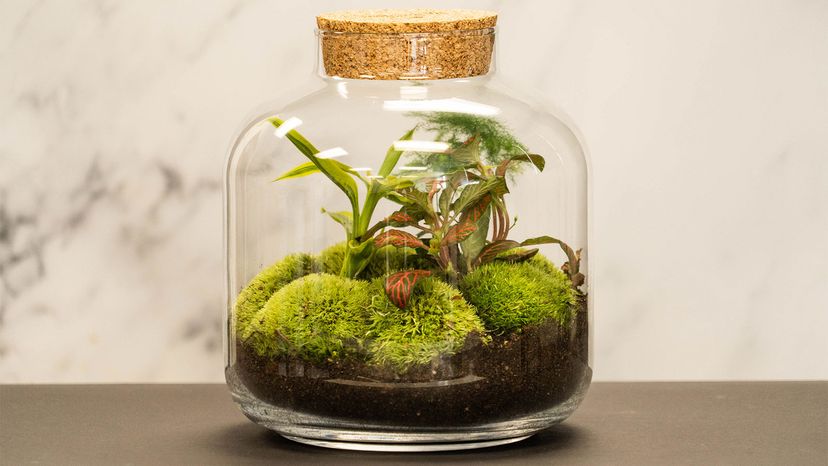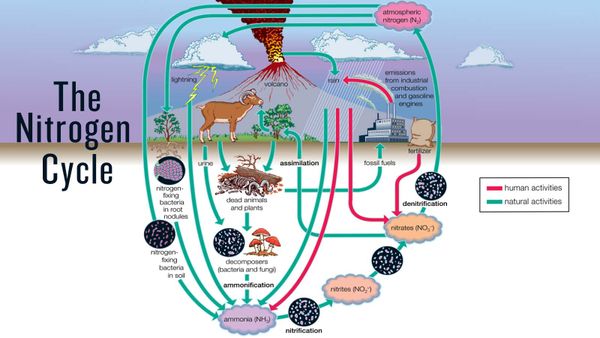
On Easter Sunday in 1960, David Latimer, an electrical engineer from Surrey, England, washed out a 10-gallon (38-liter) glass carboy, or jar, that at one time had held sulphuric acid. As he told the Daily Mail, he filled it with compost, nestled a single spiderwort seedling at the bottom with a little water and corked it. Latimer then stuck it under a stairwell in his house where it got plenty of indirect sunlight and turned it around every so often so the foliage grew evenly.
For over 60 years, Latimer's closed terrarium experiment has thrived with almost no interference. It is a completely self-sustaining ecosystem. Only once has the carboy been opened — in 1972 he uncorked it to toss in a little water. In this way, the terrarium serves as an ultra-simplified model of how life on our planet sustains itself — it's self-sufficient, as long as it gets all the sunlight it needs.
Advertisement
A closed terrarium like Latimer's works because it replicates three basic cycles we see on Earth: the water cycle, the oxygen cycle and the nutrient cycle.
For starters, the terrarium has its own water cycle: since no water can escape, the same water molecules keep knocking around in that bottle, getting sucked up by the plant's roots and then transpired out of its leaves, condensing on the sides of the container and running back down the sides and into the soil.
The plant is kept alive much the way all plants in ecosystems the world over make it work. Aerobic bacteria from the compost eat the dead plant matter, making more nutritious soil for the plant to use. The bacteria also use up the oxygen released from plants and transform it into carbon dioxide, which is necessary for the plants to photosynthesize.
Latimer didn't plan to toss together what would become the oldest terrarium in the world. In fact, he didn't even mention it to anybody until he took photos into a BBC gardener's question show to ask whether his experiment would be of any interest to the professionals. Latimer plans to either pass the terrarium on to his children or leave it to the Royal Horticultural Society.
Advertisement

